The Working Principle of the Twisting Machine
A twister is a textile machinery that twists multiple strands of spun yarn into one strand. The function is to process the yarn or the combined plied yarn products into linear products for weaving and knitting. It consists of a twisting machine body and a circuit part. The spindle outside the twisting machine body is connected with the motor output shaft of the circuit part, and the front end of the spindle is provided with connecting pieces corresponding to the tap switch.
The working principle of the twisting machine: the plied yarn drawn from the bobbin is output from the yarn guide roller through the yarn guide rod and the traverse yarn guide, and is wound on the bobbin through the yarn guide hook and the traveler. When the spindle drives the bobbin to rotate together, the yarn drives the traveler to rotate on the annular ring to twist the yarn.
Most of the bobbins on the bobbin creel are looped on the spindle in a recumbent form, and the plied yarn drags the bobbin from the side to rotate and unwind. The doubling and twisting machine is fed with single yarn bobbins. In order to reduce the breakage caused by excessive tension when the single yarn is unwound, the tapered bobbin is tightly sleeved on the insert spindle. The feeding creel part realizes merging. The doubling and twisting machine can save the doubling process, and is generally only suitable for double-ply yarns with low spinning quality requirements. The yarn guide roller is usually a pair of smooth round rollers. The lower rollers are 6-8 spindles in one section, and are inlaid along the entire length. The upper roller is one for each spindle, which is pressurized by its own weight and is frictionally driven by the lower roller. The plied yarn has a certain method of threading and winding on the roller, so that the yarn and the roller have a long enough friction s urrounding arc to ensure that the rollers can deliver the yarn to the twisting area at a uniform speed. In the special spinning of thick strands or double twisting machines, some use two bottom rollers, or even two pairs of rollers, to adapt to high twisting tension and achieve the purpose of uniform yarn feeding. In the roller part, some twisting machines are equipped with a self-stopping device for broken ends. In some twisting machines, there is a water tank under the yarn guide rod, and water is applied to the plied yarn before twisting, which is called a wet twist twisting machine. Wet-twisted threads have the advantages of high strength and smooth surface, but the rollers and yarn guides need to be made of rust-proof materials.
The winding and forming mechanism of the ring twisting machine is mostly the same as that of the ring spinning machine. The ring plate is moved up and down in a short stroke by the forming cam, and the position rises to a certain height after each lift , so that the pipeline is wound into a conical cross-winding package. Double-sided bobbins are often used when spinning thick strands or on multi-twisting machines. The ring plate can be lifted and lowered in a single relatively slow whole process, which can increase the density and capacity of the package. The main difference between the traditional fancy twisting machine and the general twisting machine is in the yarn feeding part. Different types of fancy threads are spun, and so are the mechanisms and movements of the feeding part .
The above is the working principle of the twisting machine. The twisting machine is mainly used in twisting and plying projects of cotton yarn, chemical fiber, real silk and glass fiber.
ZHEJIANG KAICHENG INTELLIGENT MACHINERY CO.,LTD not only has Twisting Machine but also Intelligent Electronic Yarn Precision Winder Manufacture, etc. Welcome to our official website.
hot Products
-
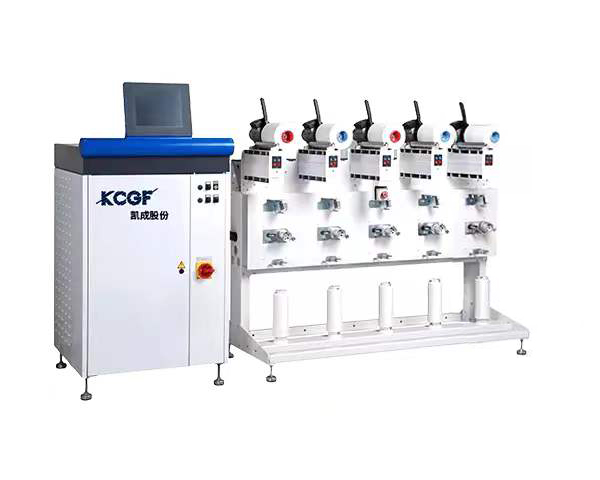
KC212 Intelligent electronic yarn precison winder
-
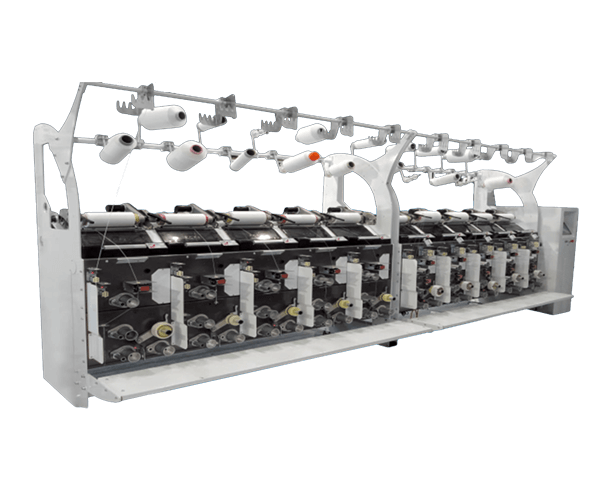
KC215B Electronic yarn guide air covering machine
-
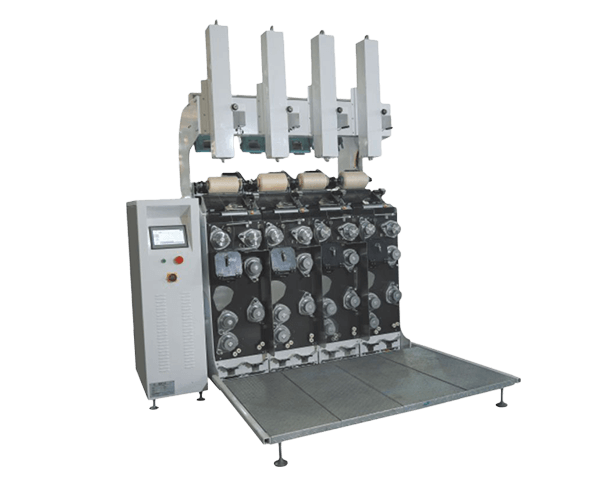
KC215C Air texturing machine
-
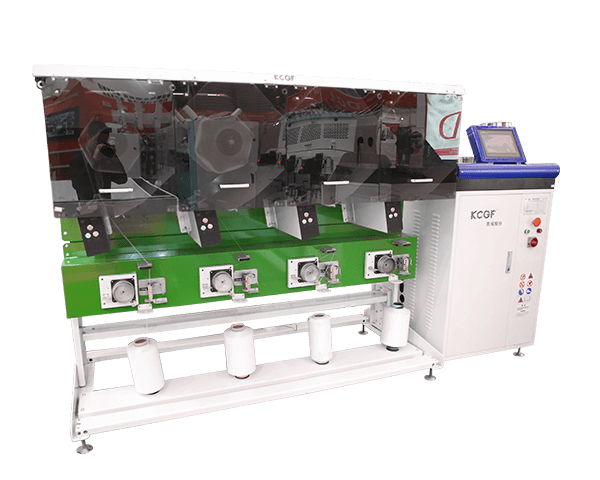
KC228 High speed precision skeining machine
-
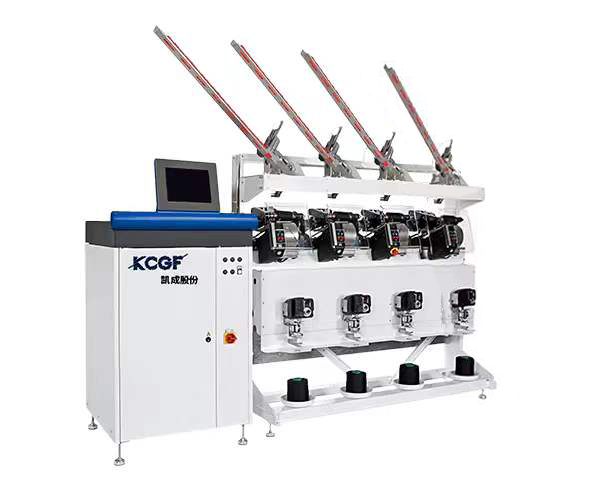
KC522A Automatic high-speed winder
-
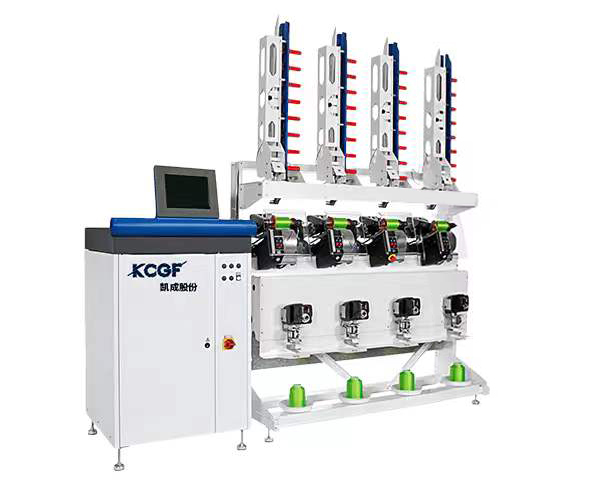
KC522B Automatic high-speed winder
-
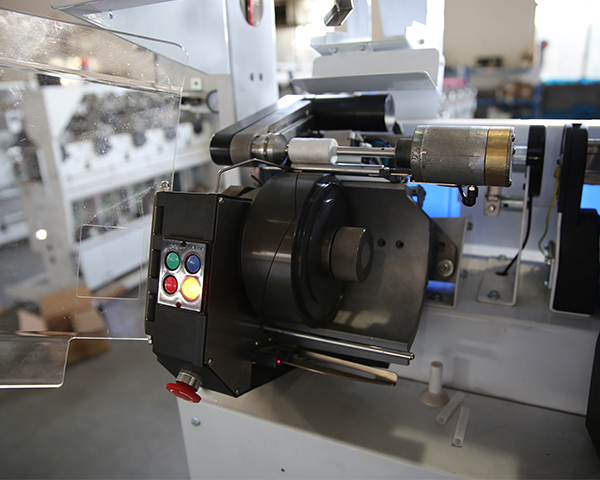
KC522C Automatic high-speed winder
-
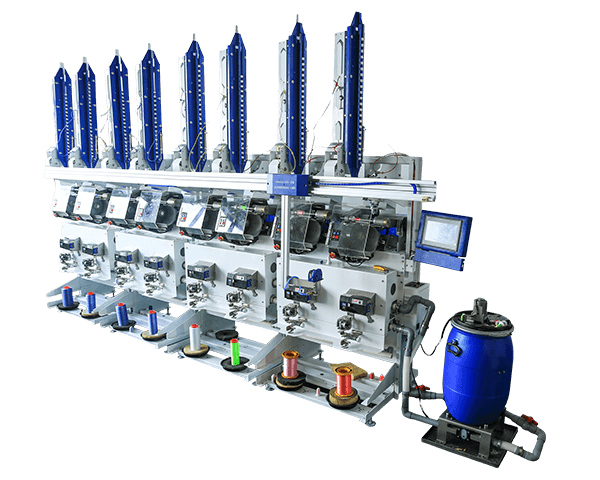
KC522D Automatic high-speed winder
-
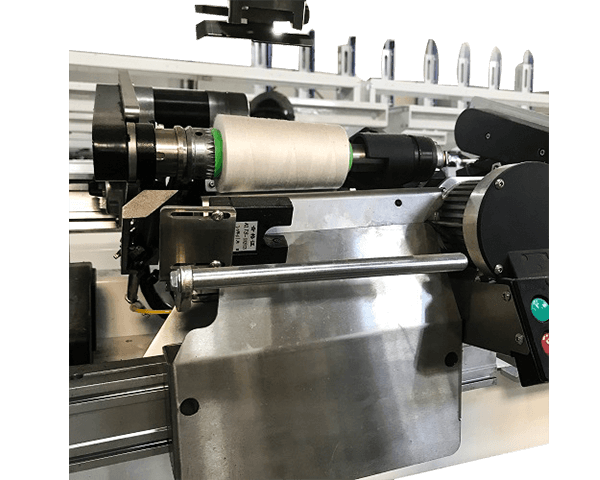
KC522E Automatic high-speed winder
-
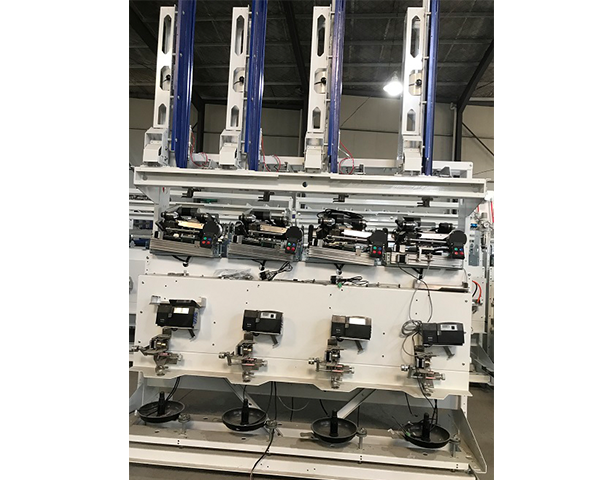
KC522F Automatic high-speed winder




